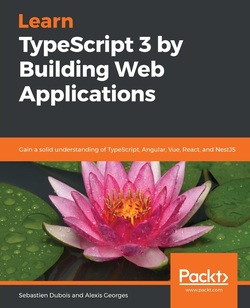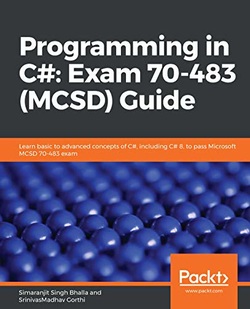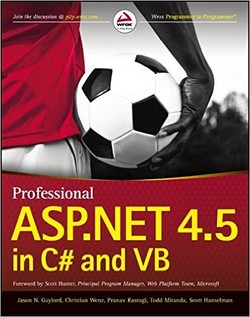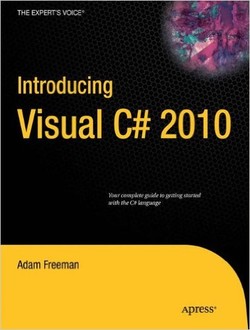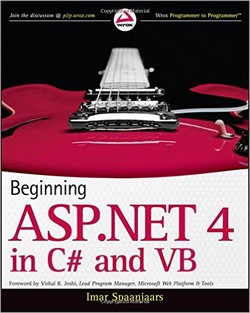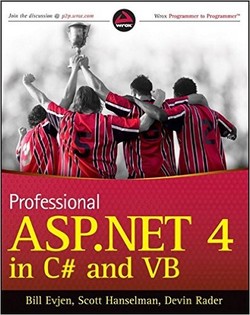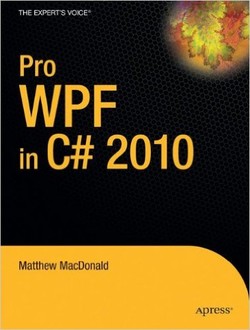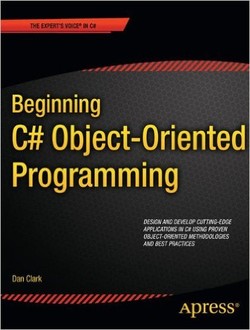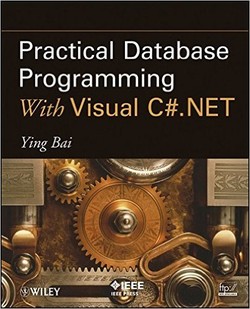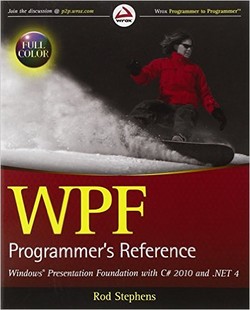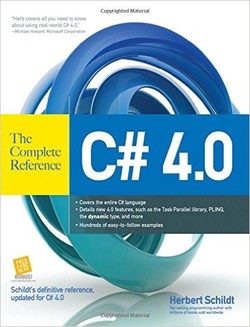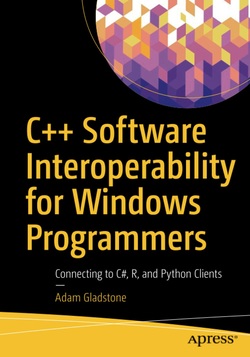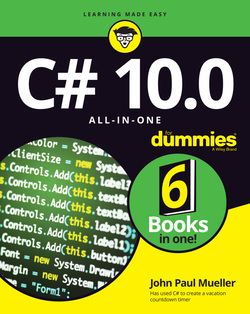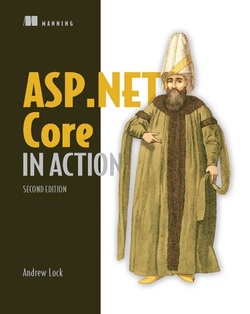آیا تابهحال هنگام کار با کد شخص دیگری احساس ناامیدی کردهاید؟ امروزه مشکل حفظ کد منبع، یک مشکل بزرگ در توسعه نرمافزار بهحساب میآید که منجر به تاخیر و نواقص پرهزینه میشود.
شما با کتاب «ساخت نرمافزار قابل نگهداری» 10 راهنمای آسان برای پشتیبانی از نرمافزار #C با قابلیت حفظ و انطباق آسان را یاد خواهید گرفت. این راهنما حاصل آنالیز صدها سیستم واقعی میباشد.
این کتاب توسط مشاوران گروه بهبود نرمافزار (SIG) نوشته شده است. که توضیحات مختصر و شفافی بههمراه توصیههایی برای عملیکردن دستورالعملها را ارائه میدهد. نمونههای موجود در این ویراش در محیط #C نوشته شده است، و درعینحال کتابهمراه جاوا نیز نمونههای شفافی در این زبان ارائه میدهد.
شما با کتاب «ساخت نرمافزار قابل نگهداری» 10 راهنمای آسان برای پشتیبانی از نرمافزار #C با قابلیت حفظ و انطباق آسان را یاد خواهید گرفت. این راهنما حاصل آنالیز صدها سیستم واقعی میباشد.
این کتاب توسط مشاوران گروه بهبود نرمافزار (SIG) نوشته شده است. که توضیحات مختصر و شفافی بههمراه توصیههایی برای عملیکردن دستورالعملها را ارائه میدهد. نمونههای موجود در این ویراش در محیط #C نوشته شده است، و درعینحال کتابهمراه جاوا نیز نمونههای شفافی در این زبان ارائه میدهد.
سال انتشار: 2016 | تعداد صفحات: 172 | حجم فایل: 16.71 مگابایت | زبان: انگلیسی
Building Maintainable Software, C# Edition: Ten Guidelines for Future-Proof Code
نویسنده:
Joost Visser
ناشر:
O’Reilly Media
ISBN10:
1491954523
ISBN13:
9781491954522

